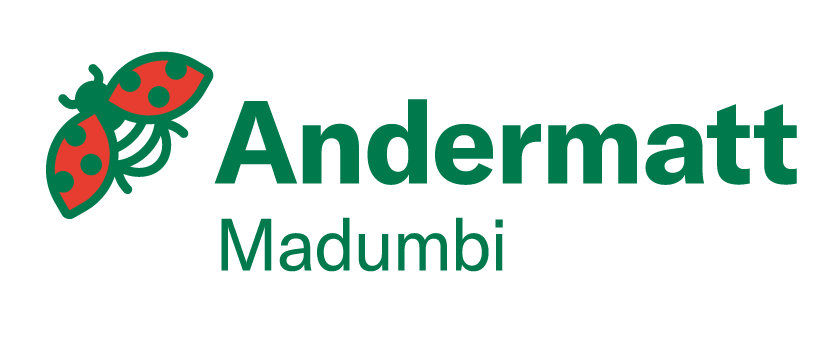Soil and root health are essential for the production of healthy, nutrient dense food. The resulting plants are stronger, exhibiting increased pest and disease resistance. Early work in this field focussed on annual crops, this has recently been expanded into orchard crops with significant success.
Root health is fairly easy to influence over the short term. Ideally one wants to start with treatments in the nursery and continue into the field with repeat applications every year throughout the life of the orchard. The biggest benefits are usually seen in the first 2-3 years after transplanting. The primary aim is to reduce the incidence of soil pathogens and stimulate root growth. Madumbi’s standard program involves the application of 500g T-Gro (Trichoderma asperellum) at planting or in the Spring. This is followed by 500ml Rhizovital 42 (Bacillus amyloliquefaciens) 2-4 weeks later and then two top up applications of T-Gro at 250g/ha each, on the subsequent root flushes. In addition, AgriSil K50 (Potassium Silicate) is applied monthly through the main part of the growing season (spring and summer). When starting such a program on an existing orchard with high levels of pathogen pressure (e.g. Phytophthora), it may be necessary to first apply some form of curative treatment as all the above products are primarily preventative in nature and can not cure systemic infections already inside the root or stem.
Soil health is more difficult to influence and requires a more long-term approach. It is important to start with soil testing to build a picture of what the major problems in the soil are. Various soil health tests are available which provide an indication of levels of soil fungi vs bacteria.. This information is combined with normal soil fertility testing where factors such as pH, % Carbon, nutrient levels and ratios are considered. When combined, these test results give an overall picture of the soils current state, enabling one to make more focussed decisions on how the soil can be improved further. High pH soils with signs of Phosphorous lockup and micronutrient deficiencies benefit greatly from applications of Potassium humate and phosphorous mobilizing bacteria like Rhizovital 42. Similarly, low carbon soils, which are often bacteria dominant, benefit from applications of humates and T-Gro. This more tailored approach to soil health has resulted in significant successes and increased sales into the perennial crop market.

Citrus trees at Addo, Eastern Cape, RSA. Tree’s on right treated with a program consisting of T-Gro, Rhizovital 42 and AgriSil K50, flushed 2-3 weeks ahead of untreated trees (left)
